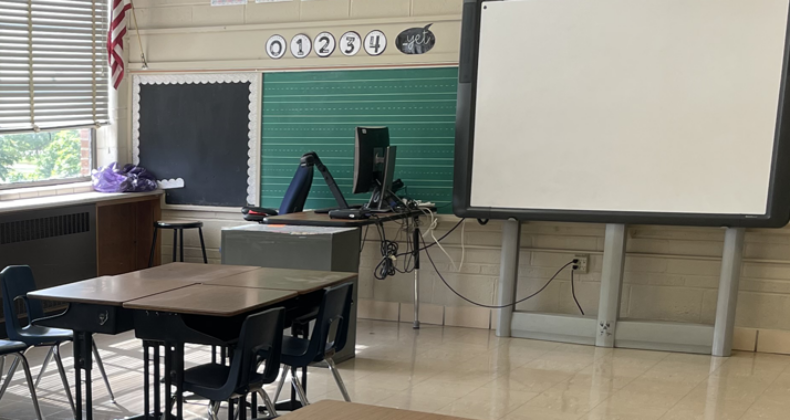Innovative Education
6Theme-based magnet schools

Students who are experiencing housing instability/homelessness deserve access to a quality education. A student is considered homeless if they meet one of the following criteria:
A child or youth, ages 3-21, who lacks a fixed, regular and adequate nighttime residence, including:
- Children and youth who are:
- living in emergency or transitional shelters
- sharing the housing of other persons due to loss of housing, economic hardship, or similar reason (often called doubled-up)
- living in motels, hotels, trailer parks, or camping grounds due to the lack of alternative accommodations
- Children and youth who have a primary nighttime residence that is public or private not designed for or ordinarily used as a regular sleeping accommodation for human beings.
- Children and youth who are living in cars, parks, public spaces, abandoned buildings, substandard housing, bus or train stations, or similar settings.
- Specific to sub-standard housing: Federal definition allows consideration for the lack of one of the fundamental utilities, such as water, electricity or heat; is infested with vermin or mold; lacks a basic functional part, such as a working kitchen or a working toilet; or may present unreasonable danger to adults, children or persons with disabilities. In addition, CRCSD will use the following considerations, as provided by Linn County Public Health: lack of safe drinking water, absence of hot water for washing, structural defects, refuse/ disposal issues, pest/vermin infestation (cockroaches, bed bugs, mice, rats), inadequate food storage, overcrowding, inadequate temperature control, inadequate ventilation, and/ or water intrusion.
- Migratory children who qualify as homeless because they are living in circumstances described above.
If a student meets one of the above criteria, they have the following rights:
- To be allowed to enroll, attend classes, and participate fully in school activities, even if students do not have a parent or guardian with them or documents such as proof of residency, immunization records, other medical records, school records, or other documents. Once students are enrolled, the school must obtain records from the previous school.
- To stay in the school they went to before becoming homeless or whichever school they were enrolled in last (school of origin), even if they move out of the district, if that is feasible. Students can stay in their school of origin the entire time they are eligible for a homeless designation. Students can also finish the school year at their school if they find permanent housing during the year.
- Homeless designations are in effect through June 30 of the school year the designation is made and are reassessed at the start of the next school year.
- If a family remains homeless at the time they complete annual verification, it should be noted in the online registration form.
- To transportation to their school of origin, provided or arranged by the school district, or a joint effort among school districts. Transportation may be provided to attendance area schools, if eligible, as determined by the school district.
- To preschool services, free or reduced school meals, services for English Language Learners, special education, Title 1 services, vocational/technical education, gifted and talented services, and before and after school care, as needed.
If you or someone you know is experiencing a homeless crisis, contact Waypoint’s Housing Services team at 319.366.7999 or 833.739.0065. Be prepared to leave a detailed message regarding the urgency of your housing crisis.
If you have further questions or believe your children may be eligible, please complete this form. A liaison will contact you to complete a housing assessment.